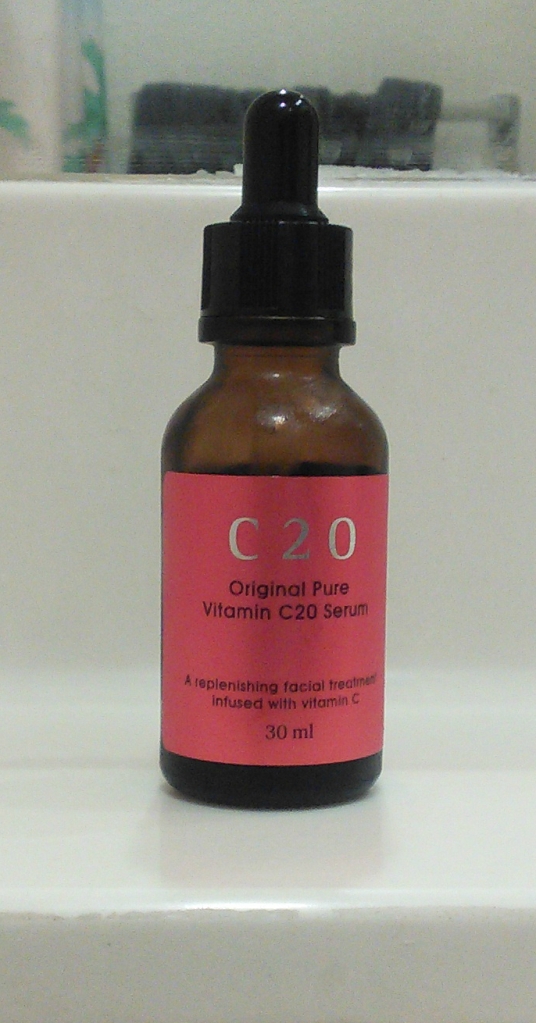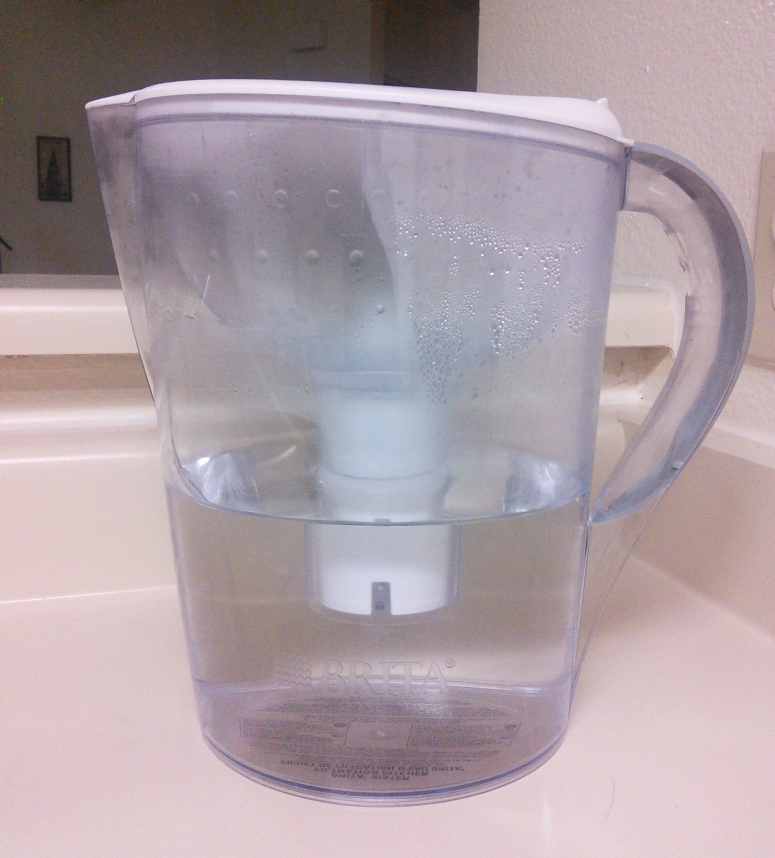Crazy Snail Lady note: Updated on 6/18/15 with some information I recently learned about hyaluronic acid.
Want to achieve plumper, firmer, smoother skin in an instant? Or just looking to relieve uncomfortably dry skin right now? Then your skin’s going to need a lot of hydration. And when it comes to hydration, hyaluronic acid is a star.
Why hyaluronic acid?
There are three classes of moisturizing ingredients. Occlusives do not penetrate, but rather sit atop the skin, sealing in the moisture and other active ingredients applied underneath. Emollients fill in the microscopic crevices on the outer layers of the skin, temporarily smoothing the surface. And humectants? Humectants bind water to themselves. If you want to ease dryness and get glowy, juicy skin, humectants are where it’s at.
I consider hyaluronic acid to be the star humectant because of its incredible ability to hydrate skin. Hyaluronic acid/sodium hyaluronate and lower molecular weight variants like sodium acetylated hyaluronate and hydrolyzed hyaluronic acid (and some others, many of which are on display in products like the Hada Labo Gokujyun Premium Lotion) are capable of holding a whopping 1000x their weight in water! Whether they actually achieve their full potential in real-world settings is questionable, but their hydrating abilities are not.
But Fiddy! you might ask. So what? What’s the point of that when most skincare products are chock full of water already?
Here’s the thing: Without something grabbing on to them, water has this funny way of evaporating rapidly from the surface of skin instead of heading on in. What hyaluronic acid and its variants do is hold that water against your skin, keeping it there so that your skin’s natural water-grabbing mechanisms have a chance to grab it and make actual use of it. As my friend and fellow Snailcaster Chel of Holy Snails handmade skincare fame explained to me, hyaluronic acid grips the water and shoves it at your skin, shouting “TAKE IT! TAKE IT!! TAKE IT!!!” until your skin sighs, gives in, and accepts all that good H2O. Regular molecular weight hyaluronic acid does so from the surface of your skin; lower molecular weight hyaluronic acid penetrates into the extracellular matrix to do so from between the cells beneath the surface.
In addition to its fantastic hydrating potential, hyaluronic acid may also have some cell-communicating, anti-aging abilities as well. In a podcast earlier this year, the cosmetic chemists behind The Beauty Brains revealed some surprising facts about hyaluronic acid. For one thing, contrary to what many people in skincare communities believe, hyaluronic acid may actually be able to penetrate deep into skin despite its very large molecular size. And for another, a handful of studies demonstrate that hyaluronic acid may potentially act as a cell-communicating ingredient that may improve “cell to cell adhesion,” resulting in more taut skin, and may (may) be able to stimulate collagen production. For someone who has hyaluronic acid in nearly every step of her skincare routine, that’s fantastic news.
I love hyaluronic acid and seek it out in as many skin care products as I can. Here are all of the products I use that contain hyaluronic acid or a derivative.


Since hyaluronic acid isn’t an exfoliant and doesn’t irritate or clog my skin, I “stack” it in my routine wherever I can. HA is naturally occurring in our tissues, but production decreases with age. Luckily, it’s a fairly common ingredient not only in Japanese and Korean skin care but also in Western products, so getting multiple doses of the good stuff isn’t much of a challenge. I’ve noticed a marked improvement in my skin’s overall texture and appearance since I started soaking it in HA.
Hyaluronic acid tips
HA isn’t foolproof, however. The first thing to remember is that unless you seal all that hydration into your skin at the end of your routine, moisture will escape. This is especially true if your skin’s natural moisture barrier has been compromised by harsh cleansers, scrubs, or treatments.
To lock in HA’s benefits and keep your skin juicy and plump, make sure to layer at least a little bit of an occlusive moisturizer over your hyaluronic acid products. The moisturizer itself can contain HA (all of mine do) but needs to be primarily occlusive. If you want to be extra neurotic, like me, you can switch up your final moisturizers based on the day’s weather conditions. When the air is especially dry, I top my routine off with Benton’s steam cream, which is one of my richer moisturizers; when the weather’s nice and humid, I just swipe on a little bit of Mizon’s snail gel cream. When it’s extremely muggy, I stay inside and wallow in a puddle of sweat, whimpering into a plate of cookies.
Finally, make sure you’re also hydrating yourself from within! Drinking more water can also ease dry skin. Anecdotes are not data, but I’ve found that when I allow myself to get dehydrated, my skin condition deteriorates a little, no matter what I’m applying to it.

And finally, an only slightly related rant: I’ve heard many people say that they don’t like the “dewy” look because it reads to them as greasy or sweaty. Dewy doesn’t equal the oil slick sheen of a coat of Vaseline! (At least in my opinion, and this is my blog, so I get to give my opinion.) Dewy, to me, is the natural smoothness, translucency, and radiance that really well hydrated skin has. It looks moist, but from inside. That’s the kind of dewy that a regimen of hyaluronic acid products and some attention paid to hydrating from within will provide.
Do you use a lot of hyaluronic acid products? What are your favorites?

Your explanations are so good! Thank you!
LikeLike
Thank you for reading! Feel free to request anything you’d like to see discussed 🙂
LikeLiked by 1 person
If you could possibly do anything on acids and when to use them, etc., that would be awesome! I’ve read so many different explanations but they all seem to say different things and it’s confusing
LikeLike
That’s a great idea! I’ll do an acids post soon 🙂
LikeLiked by 1 person
Your counter of products looks just like mine, except for the snail stuff. 🙂 For HA, I also like Naruko AMPM Super Triple HA+B3 serum (but it’s sort of pricey) and hydrating mists (Hada Labo makes one, but the Reviva Labs Rosewater Facial Spray smells dreamy and is such a good value). –Angela
LikeLike
are we seriously talking about smearing snail slime over our skins? who is this meant to be for?
LikeLike
Ahahaha. I suppose it’s for those of us who’ve grown so jaded and demanding that even sheep sebum (lanolin), squalene (originally derived from shark liver), and hyaluronic acid (originally harvested from rooster combs) just doesn’t cut it anymore 😉
In all seriousness, in case you haven’t heard much about it, snail secretion (filtered and purified, of course) is a fantastic skincare ingredient! It’s a wonderful natural blend of humectant, emollient, antioxidant, anti-microbial, and anti-inflammatory components. Soothes breakouts and irritation, speeds up wound healing, and shows promise for repairing scarring and photodamage. Not to mention how incredibly soft and supple it makes my skin!
And if the ick factor’s too much for you, I spend plenty of time talking about totally non-snaily products, too! But for now, I’ve got to get back to work on my review of my current favorite 90% snail mucin body moisturizer…
LikeLike
Hi. Thank you for your super informative post.
Can you please help me sort out my product order. Here is the list of products I use and in the order I follow:
Double cleansing with Banilla Zero and Body Shop Tea Tree foam wash
Benton Snail Bee High Content Skin Toner
Now the confusing part:
DefyDerm Hydratin Serum- Pure Hyaluronic Acid: Its this thick gel type consistency but vanishes upon application:
L.Ascorbic Acid 25% Wonderful Skin serum by Be Ceuticals. Description: L.ASCORBIC ACID 20% GLYCERIN LIPOIC ACID VITAMIN B5. Maximum daily antioxidant protection
(So what is this? Is this an active? A serum? When should I apply it)
Kiehl’s Dermatologist Solutions Nightly Refining Micro-Peel Concentrate.
Tony Moly Intensive care 24k Gold Snail Cream (This is the last step)
So please please guide me as to what products should go in what order and if I need to add something else in my routine.
My skin concerns: rough texture with slight pigmentation here and there.
My age: 28
Thank you so much
LikeLike
Do you recommend Benton products? If so, which ones? I couldn’t find any of your reviews on Benton
LikeLike
Hi,
Great post very informative.
Just a question for the dewy vs oily
If my forehead looks oily to me (like there is a polished sheen to it srsly) and I used oil blotting paper which does not blot anything (like no oil was on the paper) does that mean I am not oily???
LikeLike